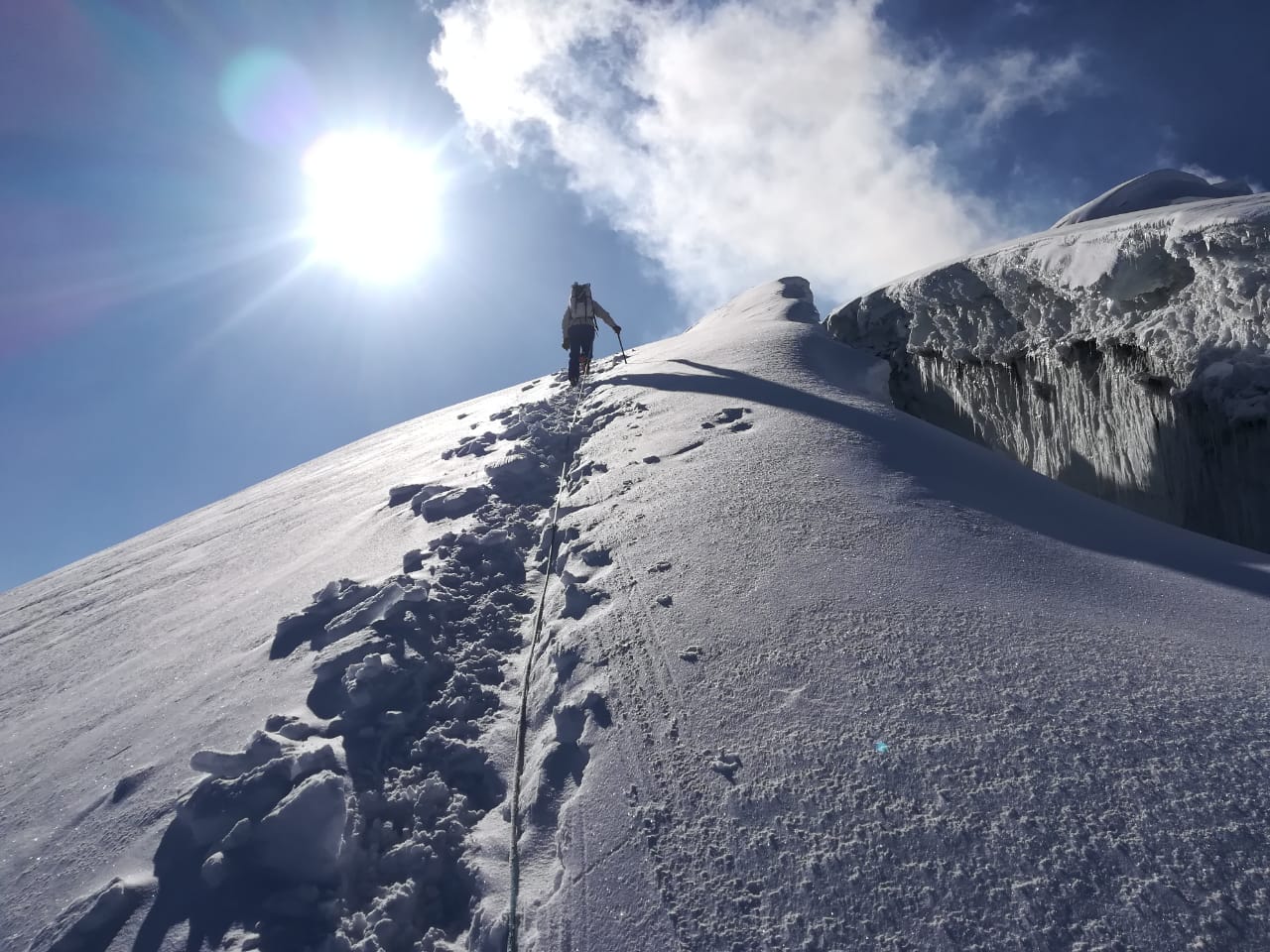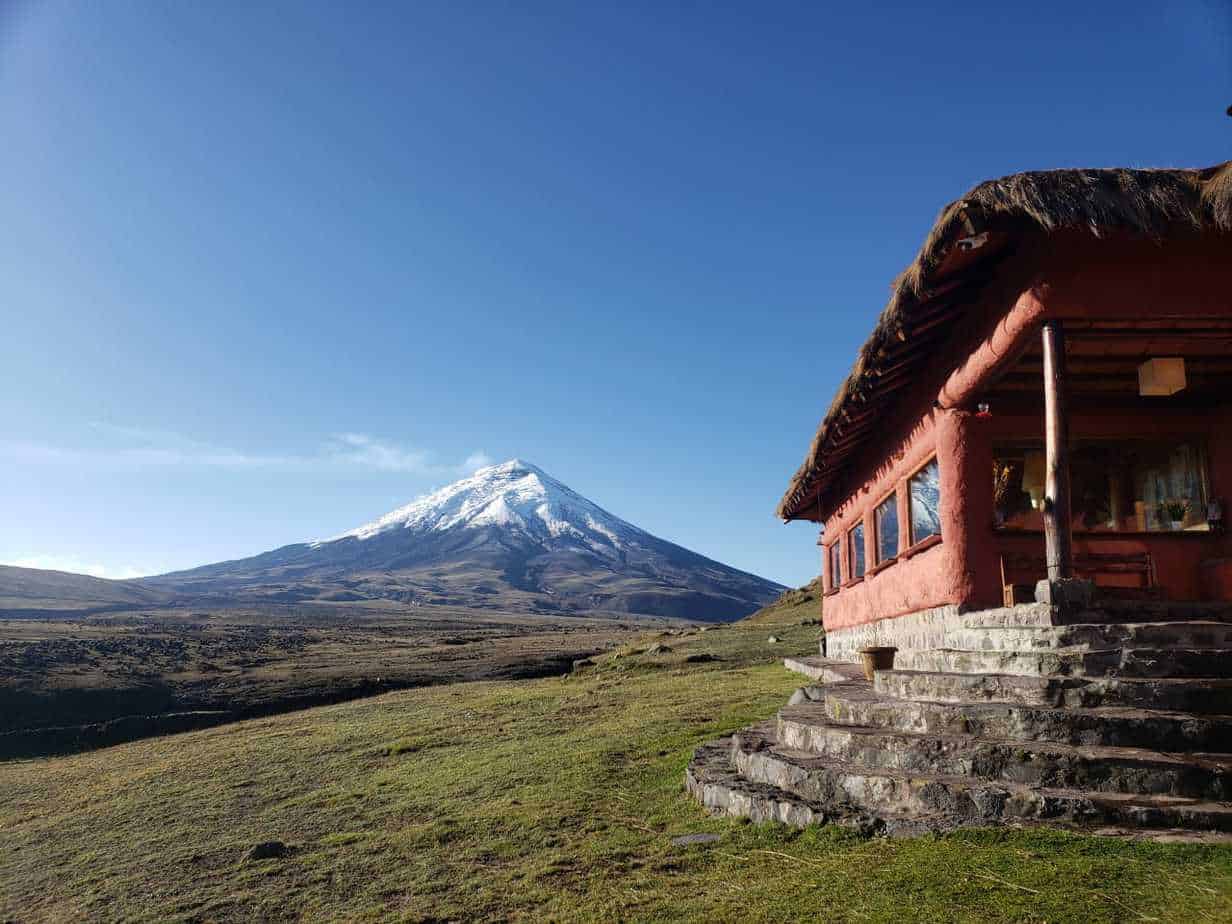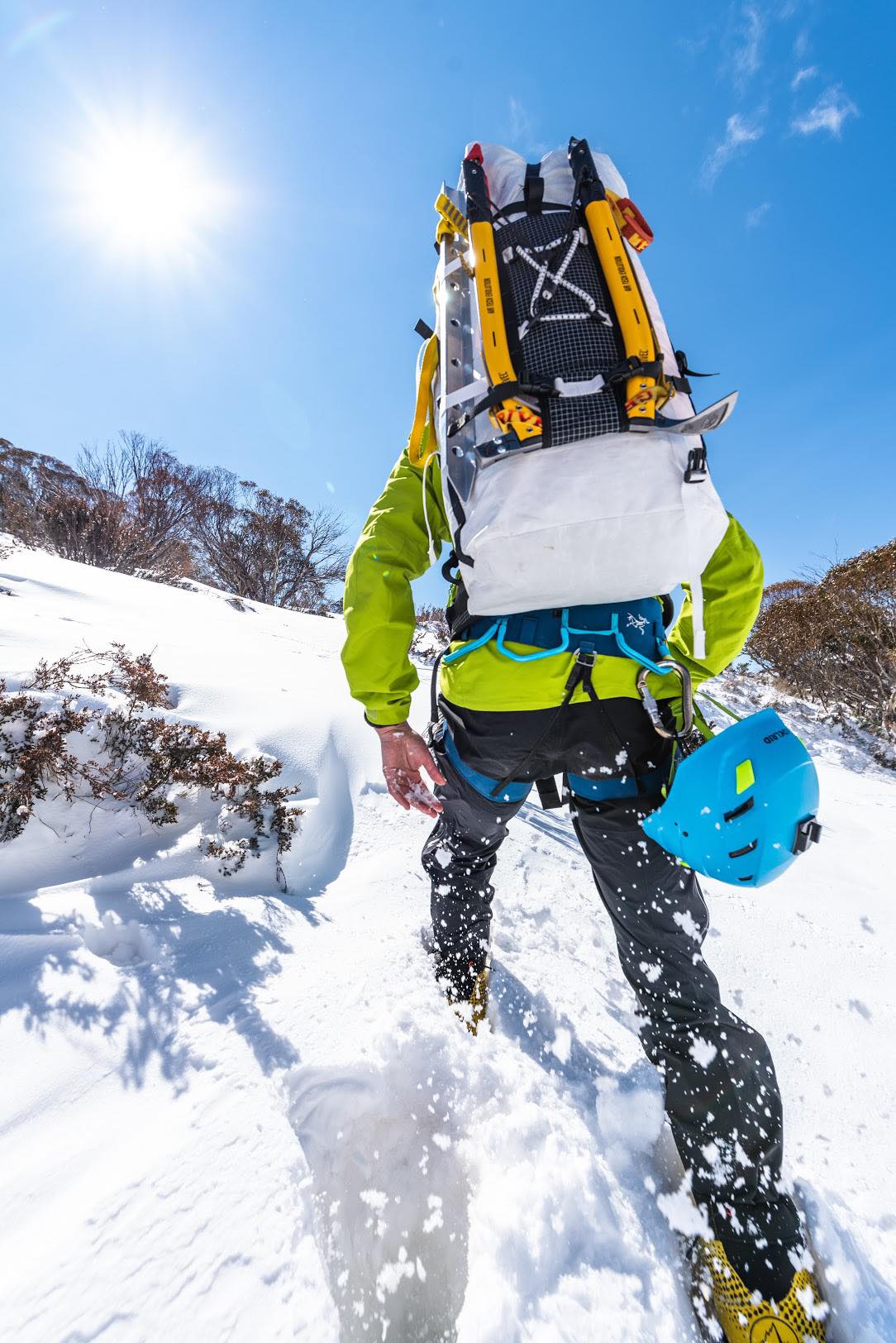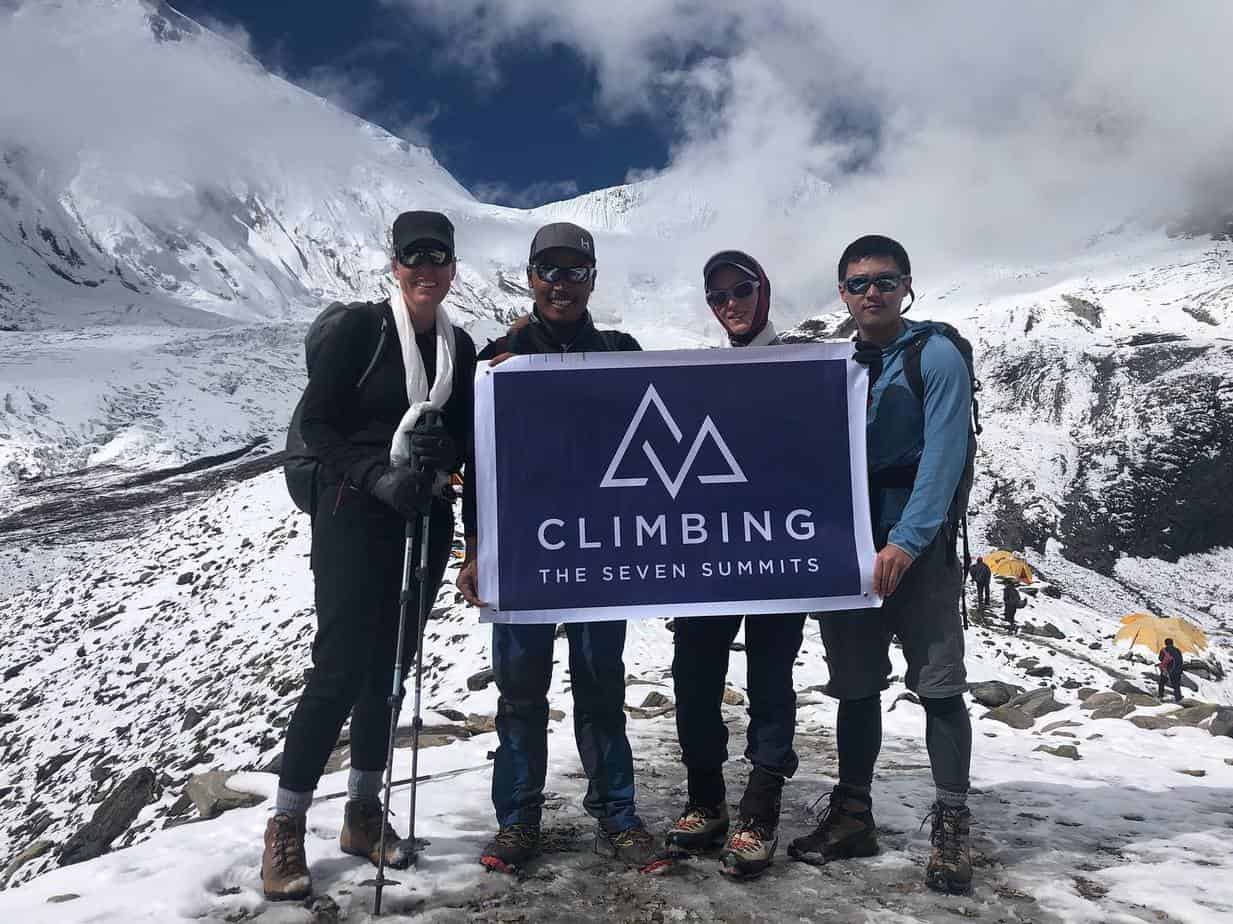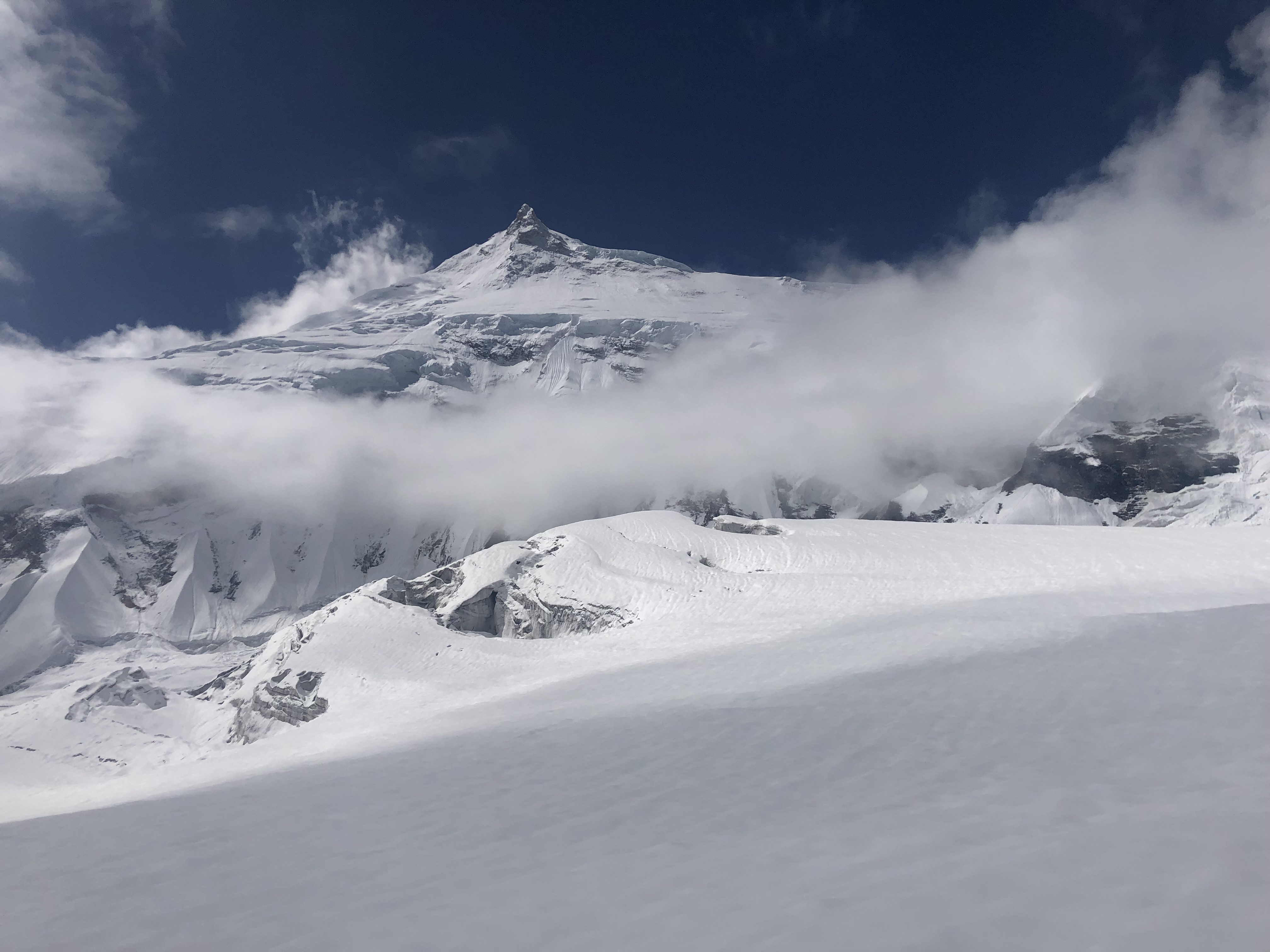..100% on Cayembe..
18, 996 feet achieved!
Updates in from Team Ecuador just back in range from the top of Mt. Cayembe - Ecuador's 3rd highest summit and the highest point on the equator anywhere around the planet.
The team rounds out an action-packed week with 100% summit success! An impressive finish for Becky, Ann, Juan Carlos, and Edgar. Congratulations to all. They report in with cold but solid weather overall and photos to follow once they hit civilization. For now it's next stop hot springs.
Cheers
Team CTSS






..All-Conditions Day on Cotopaxi..
Sun, snow, blowing winds, cold temps...Cotopaxi made herself known in all her various forms this morning! Reports are in from the team back down to the hacienda and reveling in the relative warmth once more.
Ann finally had her rematch with Cotopaxi and topped out today along with CTSS guide Juan Carlos. It was a brutal early morning push with snow and cold that only broke after hours of sustained climbing. So tough that they were the only two having made it to the top from the entire refuge this morning! Laying some strong foundations for big projects ahead this spring. Huge congrats to all for charging out in challenging conditions. Becky and Edgar also report in on a massive and happy effort. After more than three hours ascending the volcano they made the wise call to turn back and save those fingers and toes for another day.
And that day is in fact tomorrow! So much bang for your buck in Ecuador - it'll be a solid night's R&R tonight, a leisurely Ecuadorian-style breakfast, and then away midday for yet another volcano. Cayembe is on tap next and we'll keep you posted on the updates just as soon as the team returns from a well-deserved siesta.
Cheers
Team CTSS
Photos by CTSS guides Edgar & Juan Carlos








...Cotopaxi Team In Position..
A call just in now from CTSS guide Edgar that the team's made their way up to the high refuge on Cotopaxi and all is ready for their early alpine start late tonight/early tomorrow for their summit push. A 15,000 foot summit already knocked-off and next up a 19,000 foot summit. This team is on a mission!
We're watching the forecast both here on the ground and on the mountain itself and it looks like we're gonna sneak in for a nice window of weather just before the winds roll in so fingers crossed for a warm night for Team Ecuador.
In the meantime today's nearly cloudless view setting off from 12,000 feet - thanks to Edgar.
Cheers
Team CTSS

...Team Ecuador Tag 15,000 ft....
A check-in from Team Ecuador reporting the "suffering" of the Ecuadorian climbing life. First up was a drive out on the Pan-American highway and then the dusty mountain roads up and into the Cotopaxi National Park for an acclimatization hike on Rumiñahui over the weekend. Grassland ridges, rocky summits, and team members Becky and Ann report in with even a condor spotting - Ecuador's national bird! Some photos of Ann, Becky, and Edgar on this 15,000 foot stunner just below.
The team now settling in at Tambopaxi Lodge complete with floor to ceiling windows overlooking the full stretch of Cotopaxi volcano just beyond the sweeping grasslands out the door. The lodge is the only one within the park and sits just on the edge of the volcanoe's boulder fields. At over 12,000 feet and with five other Andean volcanoes dotting the skyline it's a pretty spectacular vantage point for building up red blood cells.
More news from the days up high coming soon.
Cheers
Team CTSS






...Ecuador Underway...
Our Ecuadorian Adventure is underway with the team arriving in Quito two days ago.
Following their gear checks, the team did an acclimatization hike today and moved on to Tambopoxi Lodge where they will continue their acclimatization in preparation for climbing picturesque Cotopaxi - their first volcano.
Ecuador is one of our favourite places to climb for the quality of the climbing and the culture and hospitality of the local people.
We're a bit envious here in the office of the team out there but so glad they are already having a good time.
Cheers
CTSS Team

...Big Year Ahead...
CTSS is proud to be launching several new programs for 2020 including:
USA Programs: Mt Baker & Mt Rainier
Nepal Programs: 3 Peaks Khumbu Expedition, in conjunction with our EBC trek
Australian Programs: Alpine Academy
And we are officially moving our post-monsoon 8000m focus to Manaslu. Stay tuned for program launches and explore the website for more information!
To the summit!
 #ctss #newprograms #2020 #bigyearahead #biggestyear
#ctss #newprograms #2020 #bigyearahead #biggestyear
...Manaslu Wrap Up...
Update in from Team Manaslu that they're safe and sound back in Kathmandu and rolling into their hotel now. Hot showers and a shift to t-shirts and sandals is the name of the game. It'll be a welcome, if not wild contrast to being above 25,000 feet earlier this week, where the team gained exceptional experience in the highest reaches of the world. 100% of the team hit new altitude records on the trip and we couldn't be more impressed with their efforts.
A mighty congratulations to the Manaslu team!
Cheers,
Team CTSS
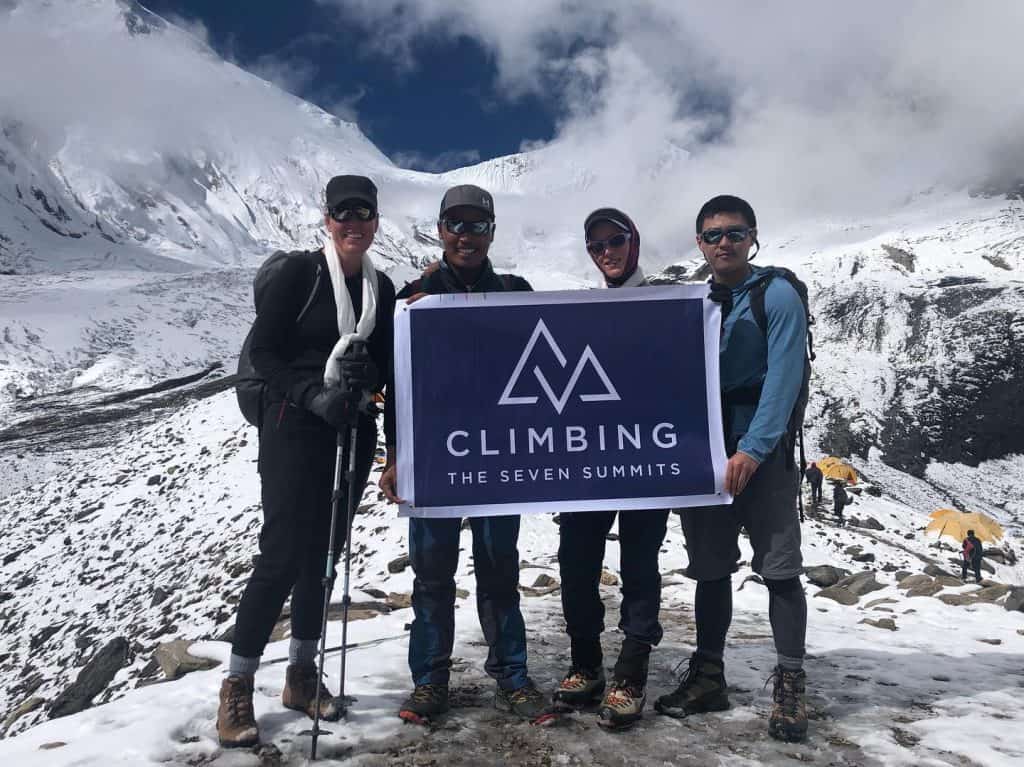
...Manaslu Team Safely Back At Camp 2...
Our Manaslu Team are safely back at Camp 2 and will descend to Base Camp tomorrow.
The team made the difficult, but wise decision on their summit climb to abandon their attempt due to high winds and very deep snow after successfully reaching Camp 4.
Despite clear and sunny weather the strong wind forecast for later in the week made an unwelcome early arrival and the team reported gusts of 50 miles an hour on the summit plateau.
Our team and the 4 other teams at High Camp who were going for their summit attempt today all turned around.
Such is nature of high altitude mountaineering but wise decisions always triumph summit fever... Manaslu awaits another year.
We couldn't be happier that they are safe and sound to Camp 2 and below and we'll update you again when they depart Base Camp for Kathmandu.
Cheers
CTSS Team
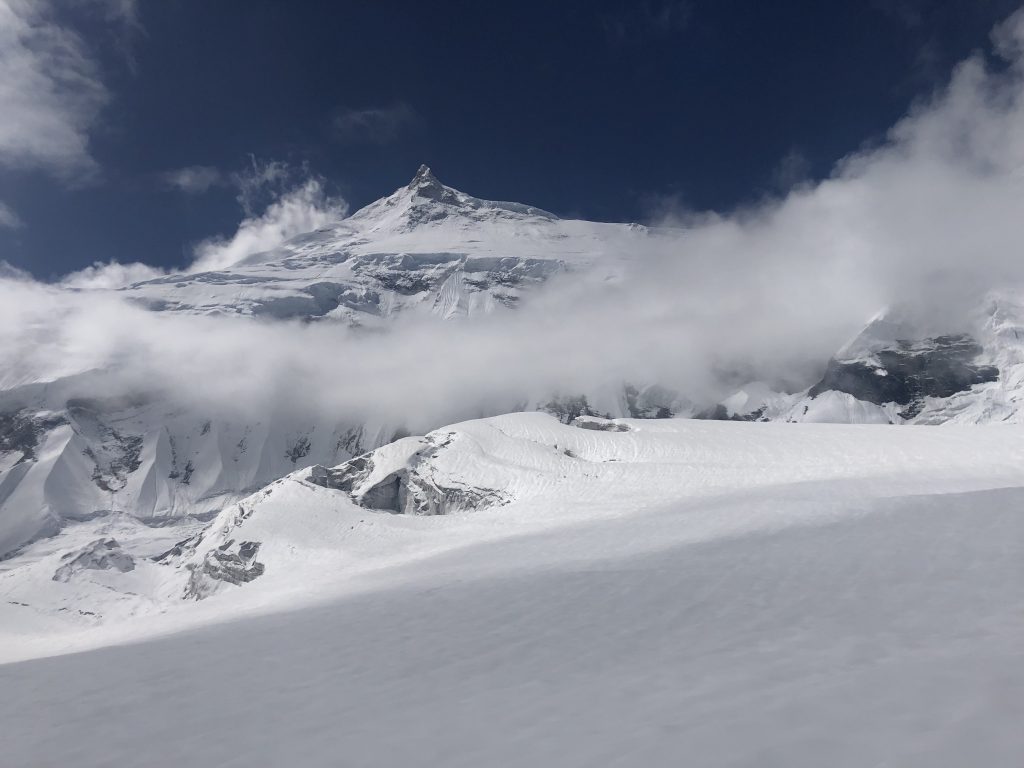
...Summit Bid on Manaslu Continues...
Spoke to the team on the satellite phone - they are at Camp 3 on Manaslu ready to make their summit attempt with the forecast looking excellent for the next few days.
We're wishing them the best of luck as they keep moving higher.
Cheers
CTSS Team
...Manaslu up to Camp 3 Today...
The Manaslu team are heading up to Camp 3 today with the intention of summiting when the weather allows. The forecast is clearing up and looking positive over the next 3-4 days so they are in a great position for standing on top.
Reports are the route is in great shape with several teams who have already summited kicking it in. The rather stormy season in the Himalaya looks to be finally breaking and giving way to a decent summit window so hanging back and allowing the weather to clear and the crowds to dissipate, will hopefully pay off.
Cheers
CTSS Team

